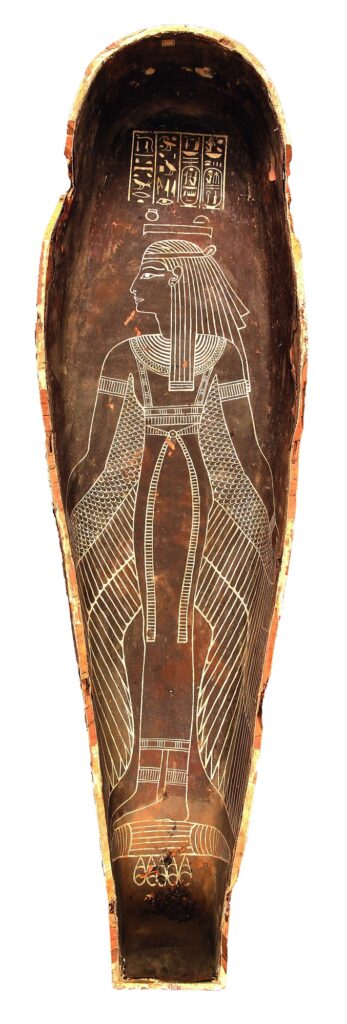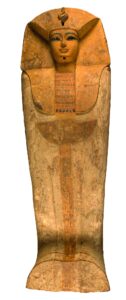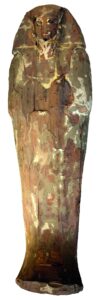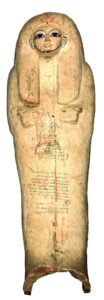Amenhotep III (Nebmaatre)
Son of Thutmose IV and Mutemwia
New Kingdom, 18th Dynasty

After ascending the throne as a teenager, Amenhotep III ruled for 37 or 38 years. His reign represents the height of Egypt’s power, wealth, and glory. His Great Royal Wife was Tiye, daughter of a powerful provincial family from Akhmim. Some of his other wives were foreign, married for diplomatic reasons. Amenhotep III left behind many major monuments, including a large number of statues.
His memorial temple at Kom el-Hettan was fronted by huge statues now known as the Colossi of Memnon. Among the many sculptures found here were hundreds of figures of the lioness-goddess Sekhmet (more statues of whom were found in the Mut complex, dedicated to the consort of the god Amun-Re, at Karnak). This fierce deity had the power to defeat disease, and as such was often invoked for healing. One theory suggests that Amenhotep III might have been ill during his last years of rule, or even that there was a plague threatening Egypt’s people, and that the sculptures were carved for protection.
At the southern end of the Theban necropolis, Amenhotep III built a vast ceremonial complex for the celebration of his Sed Festival, a ceremony designed to rejuvenate him and prove he was still fit to rule after thirty years as king. A colossal statue of Amenhotep III and Tiye, a symbol of their strong bond and eternal power, is an iconic sight at the Egyptian Museum, Cairo.
Amenhotep III was buried in the western arm of the Valley of the Kings, in KV 22; his tomb was robbed in antiquity and his mummy moved to the tomb of his grandfather, Amenhotep II.






















